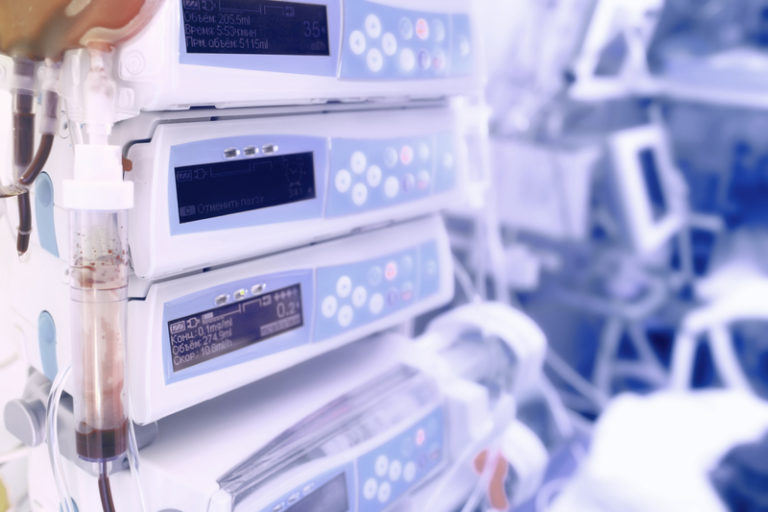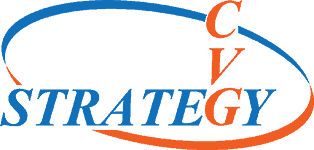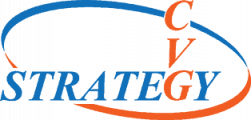ISO 13485 2016 QMS for Medical Devices
ISO 13485 2016 Quality Management System Applicability
ISO 13485 2016, based on ISO 9001:2008, provides a quality management system for organizations involved with medical devices at any stage of that equipment’s life cycle. It includes those organizations supplying materials, sub-assemblies, and components for those devices as well as those that are involved with design, distribution, installation, calibration, service, and decommissioning of medical devices.
As defined by the standard, a medical device is defined as a piece of equipment used for the treatment of human beings for a variety of medical purposes. These include: equipment that serves the purpose of diagnosis, prevention, monitoring or treatment of disease or injury. A medical device is also classified as equipment involved in supporting, sustaining, life or physiological processes. The definition further continues to include equipment for disinfection, in vitro examination, and contraception.
It should be noted that while ISO 13485:2016 includes a vast array of types of equipment in its purview, applicable categories of equipment may or may not be included in some jurisdictions.

ISO 13485:2016 Structure and Requirements
Similar to other quality management systems, the backbone of ISO 13485:2016 is documentation. This documentation should apply to processes required for the quality management system. It should then control these processes with a risk based approach and determine how these processes should interact and be sequenced. This information should include a quality manual that includes policies and objectives of the QMS.
Emphasis is placed on ensuring that all these processes are effective. This requires that adequate controls, resources, and information are allocated to the execution processes. It also requires that appropriate monitoring and analysis are conducted and that these findings are recorded. This information should include systematic processes for collection and analysis of medical devices in the field.
Documented processes include product specifications; procedures for manufacturing, packaging, storage, handling, and shipping; procedures for monitoring and measurement, installation, and servicing. This includes certification of equipment and personnel. These procedures and processes must be documented and validated. Furthermore precise and extensive records must be maintained of the validation and validation criteria.
Specific Requirements for Manufacturers and Service Providers
Because ISO 13485:2016 applies to a variety of designers, manufacturers, and service providers, the standard contains specific requirements to each of these activities. These requirements include:
- Product Specification, Design, and Development requirements.
- Production and Service provisions to ensure product conformity to specifications.
- Product Cleanliness with regard to processes to be used prior to sterilization or use.
- Provisions for the control of contamination with microorganisms and particulate matter.
- Product Installation procedures complete with acceptance criteria.
- Validation procedures for the application of software used in production and service environments.
Additional Jurisdictional Requirements for Medical Devices
Medical Devices Regulation and the Food and Drug Administration (FDA)
In the United States, it is a requirement for manufacturers of medical devices to establish and comply with quality systems to ensure consistency in product quality. Under the jurisdiction of the Food and Drug Administration (FDA), the Current Good Manufacturing Practices (CMGP) are defined under Part 820 of the Code of Federal Regulations Title 21. Because this places additional requirements on those organizations involved with medical devices in multiple countries, the FDA has signaled its intent to harmonize the U.S. Quality System Regulation with the international standard.
The FDA Medical Device Regulations are under revision by the FDA in an effort to harmonize with ISO 13485:2016 and promote more current quality management standards. This make it easier for medical device manufacturers to produce and sell their devices internationally. It will also reduce costs and ease record keeping requirements.
European Medical Devices Regulation
For organizations involved in medical devices the European Union, Medical Devices Regulation (EU 2017/745) establishes requirements beyond those stipulated in ISO 13485:2016. These include additional risk analysis and management tasks specific for each individual device and a requirement for sufficient financial coverage to handle potential product liabilities.
CVG Strategy Quality Management Systems (QMS) Experts
Requirements for the medical devices industry are challenging. We can help you design and implement a tailored quality management system and prepare you for ISO 13485 certification. CVG Strategy has extensive experience in a large number of quality management systems standards. In addition to ISO 13485:2016 our Global Exemplar Lead Auditors can assist you designing and implementing a QMS to the following standards:
- ISO 9001:2015
- AS9100
- ISO 27001
- BS EN 13485:2016
- FDA Title 21 Part 820
- EN ISO 14971:2019
CVG Strategy can provide a QMS that incorporates multiple quality standards. This includes incorporating management strategies for ensuring compliance to industry regulations such as EU Directive 98/79EC for medical devices.
How Can We Help?
CVG Strategy quality management experts can help you develop and institute a QMS tailored to your organization’s requirements. Contact our Exemplar Global Certified Lead Auditors to learn more about increasing your business’s potential.
Latest News
Nicaragua Export Restrictions Increased by U.S.
Nicaragua export restrictions have been increased by both the Directorate of Defense Trade Controls (DDTC) and the Bureau of Industry and Security (BIS) as of


